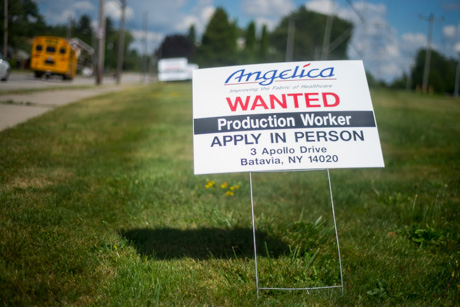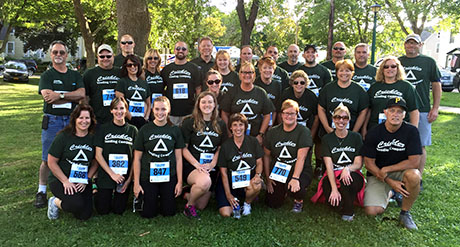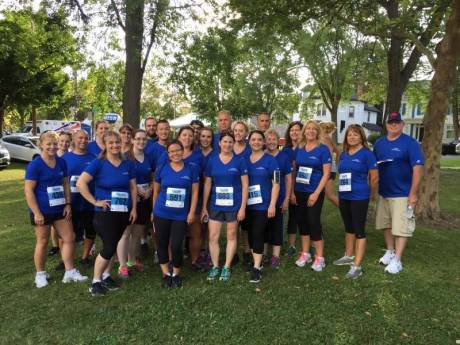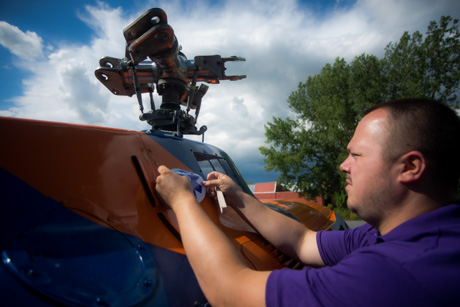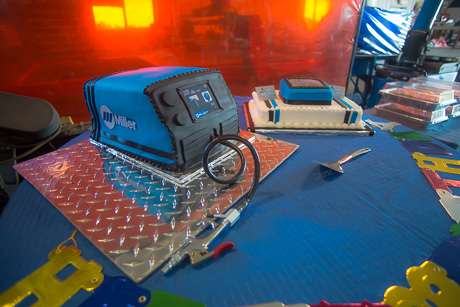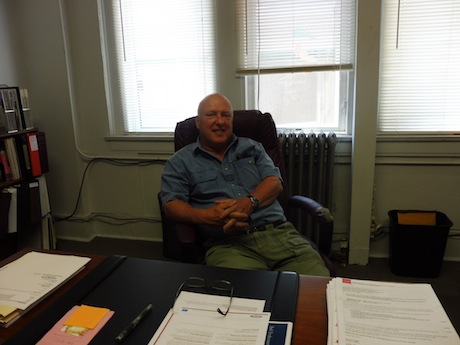Local employers are faced with a new obstacle: too many job openings and not enough workers to fill them.
Due to a strengthening labor market, the number of people hunting for jobs is dwindling.
Genesee County's unemployment rate has dropped to 4.5 percent in June according to Department of Labor statistics. The county hasn't experienced an unemployment rate this low since October 2007.
With the unemployment rate at its lowest figure in eight years, positions are becoming harder to fill. Many local employers have increased their hiring since the beginning of the year. More than 300 job openings in the Batavia area are currently posted on the New York State job bank Web site. Some positions have been up for a couple weeks while others have been posted for months.
Help wanted signs have even made a comeback as a way for employers to find workers.
"Employers put the help wanted sign out with the hope to attract a person who may not be Internet savvy, or a friend that will pass the information on to a person they know who is looking for a job," said Scott Gage, director of the Genesee County Job Development Center. "As the available talent pool gets smaller and smaller, you are going to see more of those help wanted signs because it is a low technology way to get workers."
Employers typically hire to fill entry-level positions and young emerging workers are their main source for these types of jobs.
Melissa Landers, human resource generalist for Batavia Downs Gaming and Racetrack, has been hiring a large amount young people to fill food and beverage positions for the racing season. Landers said it's hard to find workers because Batavia Downs is open every day of the year and people don't like to work overnights and holidays.
For jobs that require prior training or experience, Gage has recently seen the pool of available workers shrink drastically.
"Employers are having a hard time finding workers because there is such competition among themselves, especially for skilled workers," Gage said.
According to Gage, one of the hardest positions to fill is maintenance mechanics in the food-production industry. With the increased number of food-production companies in the county, mechanics that have experience repairing food-processing equipment are in high demand. The competition among employers has even caused wage rates to rise for the position.
One reason for the shortage lies in the historical shift from an emphasis on trade skill jobs to jobs that require a college degree. Consequently, there is a smaller pool of workers who have vocational training.
Gage frequently gets job orders from employers that are looking for people with vocational skills and students who have graduated from Genesee Valley Educational Partnership are strong candidates for these jobs.
"Emerging workers with vocational training have a leg up in the workforce," Gage said. "They are getting wage rates similar to students who have completed two years of college."
While employers look for applicants with training and similar work experiences, it's also important to find an applicant with a strong work ethic and positive attitude.
Shelley Falitico, director of Genesee ARC, looks for applicants that are compassionate and open to learning different approaches for working with people who have disabilities.
Due to a new two-year contract the ARC has signed with area schools, she has recently been hiring bus drivers to transport children with disabilities.
The positions Falitico finds most challenging to fill are physical therapists and speech pathologists. Competition is high for these positions and many qualified applicants relocate to bigger cities to work, Falitico said.
Colleen Flynn, community relations director at United Memorial Medical Center, said the hopsital will search a little longer to find an applicant who understands the importance of customer service with patients and knows how to work well in a team environment.
"It's important that they have the skills necessary for the position, but it's really about the attitude and the right kind of personality to round out the team," Flynn said.
With the recent growth at UMMC, the hospital has been having a difficult time filling specialized positions such as clinical laboratory technologists. According to Flynn, college students are not majoring in that field as much and there is a significant amount of competition among employers. Other positions such as clinical analysts and registered nurse specialities are also hard to fill because qualified applicants often live in larger cities.
"In our region, it's much harder to recruit people to come to a rural county than if you live in a highly populated area like Buffalo or Rochester," Flynn said. "When you are the only hospital in the county, you have to work harder to attract workers because they typically are not already here."
One of the Career Center's goals is to make the county more attractive to families and students graduating from BOCES and Genesee Community College. The center is also working with the Genesee County Business Education Alliance to develop highly skilled jobs and promote occupations where there are shortages.
In the future, Gage foresees the employer base and job market in county continuing to grow.
"Based on what I'm seeing and local committees who are continuing to develop the job market in Genesee County, I think we are well positioned to bring new opportunities to the area," Gage said. "The county is becoming really competitive with other areas in the state and even nationwide."



